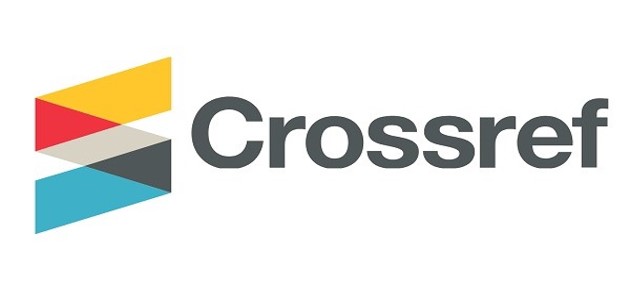Enhanced the Physical Properties of Thin Films by Doping Zinc Oxide with Tin Prepared by the Pyrolysis Technique
DOI:
https://doi.org/10.31257/2018/JKP/2023/v15.i01.10964Keywords:
ZnO, Sn, Thin films, Spray Pyrolysis, (XRD) analysisAbstract
Spray pyrolysis was used in this work to create un-doped ZnO and Sn-doped films with varying mass fractions (2, 4, 6, and 8wt.%) of doping on a glass substrate. The effect of Sn doping on the optical and structural characteristics of the produced thin films was investigated. All of the films were polycrystalline and possessed a structure of hexagonal wurtzite with a preference for orientation along the (002) plane, according to XRD investigations. The peak intensity (002) for 6 wt% is higher than all of the chosen doping ratios. Except for the 8% that was (21) nm, the grain size (D) increased from (22-26) nm as the percentage of Sn doping increased. In order to evaluate the optical characteristics, the absorption and transmittance spectra were recorded in different wavelength ranges of 380-900 nm. This shows that, compared to the un-doped film, the absorbance decreases as the amount of doped tin increases. When the doping ratio ranged from (0 - 8) wt%, the optical energy gap was (3.23-3.59) eV. The transmittance increases with the percentage of Sn doping, reaching its maximum value (72%) at (8%) doping.
Downloads
Downloads
Published
How to Cite
Issue
Section
Categories
License
Copyright (c) 2023 Maher Abdullah

This work is licensed under a Creative Commons Attribution 4.0 International License.
Journal of Kufa-Physics is licensed under the Creative Commons Attribution 4.0 International License, which allows users to copy, to create extracts, abstracts, and new works from the Article, to alter and revise the Article, and to make commercial use of the Article (including reuse and/or resale of the Article by commercial entities), provided the user gives appropriate credit (with a link to the formal publication through the relevant DOI), provides a link to the license, indicates if changes were made and the licensor is not represented as endorsing the use made of the work. The authors hold the copyright for their published work on the JKP website, while KJP is responsible for appreciating citation for their work, which is released under CC-BY-4.0 enabling the unrestricted use, distribution, and reproduction of an article in any medium, provided that the original work is properly cited.












